
The Business of Fashion
Agenda-setting intelligence, analysis and advice for the global fashion community.

Agenda-setting intelligence, analysis and advice for the global fashion community.
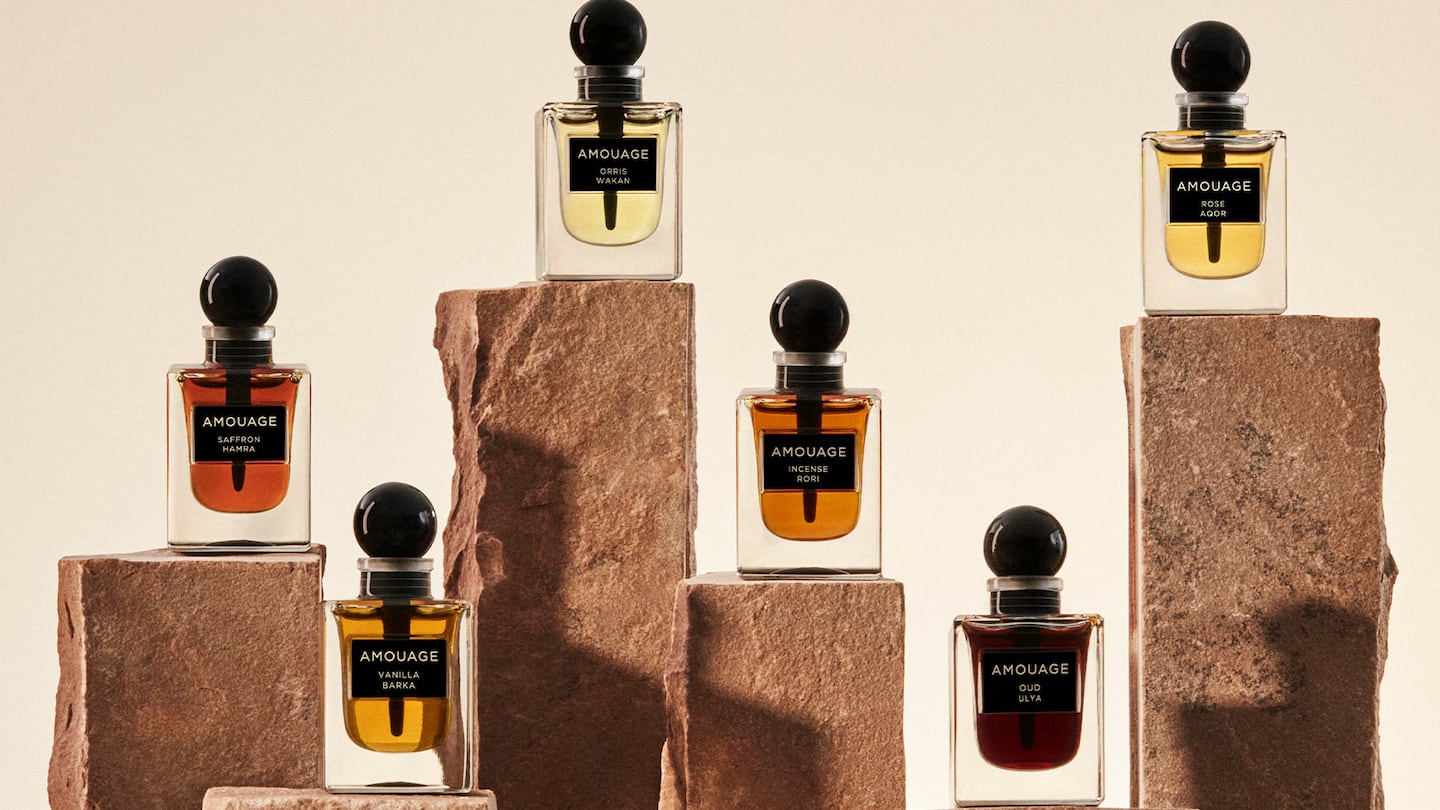
At the Omani perfume house Amouage’s headquarters and factory in Muscat, chief executive Marco Parsiegla is sitting above 10,000 bottles worth of “Interlude 53,” an ultra-concentrated perfume extract which the brand ages for six months before selling it at $500 per 100-millilitre bottle.
It’s the fourth batch of Interlude 53 the brand has produced since launching its “Exceptional Extrait” range in 2020, which features signature fragrances aged for months and concentrated to levels of scent oil as high as 56 percent — several times higher than the amount of fragrance in a typical eau de parfum.
Parsiegla, a longtime executive in Procter & Gamble’s fragrance licensing division who joined Amouage in 2019, wasn’t sure how clients would respond to the experiment, which resulted in perfumes that were 40 percent more expensive than the brand’s already steep prices. But he ended up with a sell-out on his hands.
“Right now there’s an interest in consumers to really go for high quality,” said Parsiegla. “The next generation wants something unique, and when there’s a high concentration of natural ingredients, it’s reacting differently on everyone’s skin.”
ADVERTISEMENT
More recently, the brand has pushed even higher, with its chief experience officer Renaud Salmon assembling a cast of guest perfumers to devise a new line of pure fragrance oils (called “attars”) that retail for $500 for a 12 millilitre vial, featuring notes that explore the brand’s Omani heritage like incense, oud, and rock rose.
Amouage’s business has risen along with its high-end offer, with turnover increasing by 50 percent last year to $150 million, and closing the year at 20 percent above 2019′s pre-pandemic levels. The brand, which is owned by the Sultanate of Oman’s SABCO group and has long enjoyed success in the Middle East, now counts markets including the US, Nigeria and even China (notoriously hard-to-crack for fragrance) among its top markets.
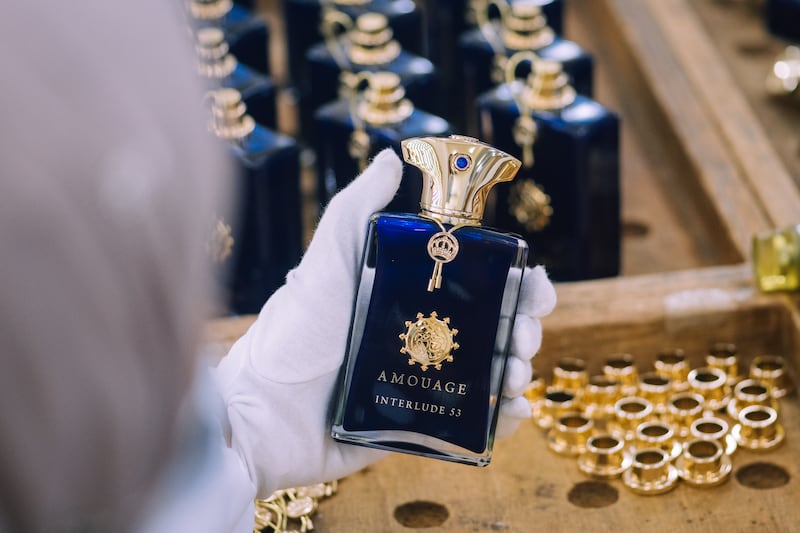
The brand’s growth comes amid a flurry of activity in high-end perfume.
Last October, LVMH made a deal to buy Officine Universelle Buly 1803, a French perfumer and body cream maker that has grown to operate 33 stores since opening its first shop in 2014. The revived Napoleon-era apothecary brand, known for its old-fashioned packaging and $150 water-based fragrances, said it expects to open 12 more shops this year.
Swedish fragrance house Byredo, synonymous with minimalist packaging and evocative names like “Tree House” and “Sellier” (French for saddle-maker) has opened new stores including in Los Angeles and Shenzen for its $195 perfumes and $90 candles.
The push seems to be paying off. The market for specialist names such as Amouage, Creed, and Maison Francis Kurkdjian is estimated to have risen 5 to 10 percent above 2019 levels to €1.5 billion ($1.7 billion) last year, according to consultancy Bain. Market research company NPD estimates super-premium niche brands doubled their sales last year, compared with 49 percent growth in the wider fragrance market as the category rebounded from the pandemic.
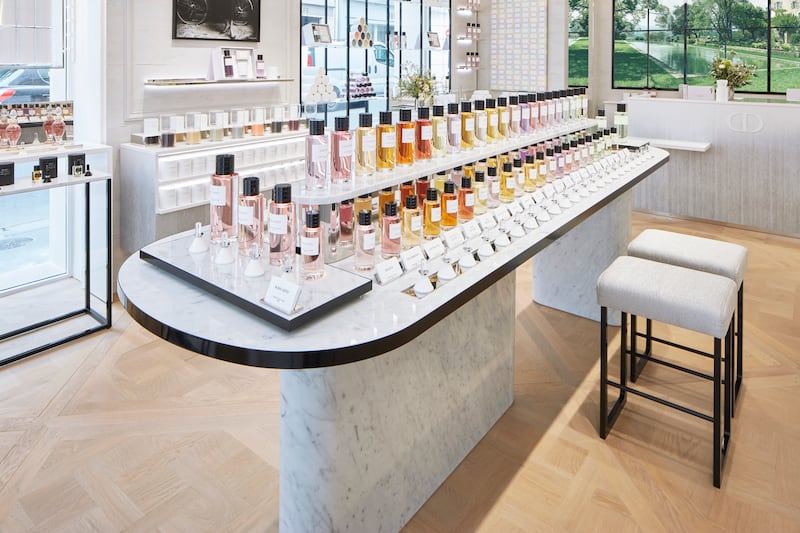
Luxury fashion brands are also dialling up their activity in the high-end perfume space: Christian Dior’s “Privée” line, recognisable for the austere white packaging and best known for its $260 “Bois d’Argent” scent, was originally intended only for Dior fashion boutiques, but has expanded to include nearly 70 of its own points-of-sale including dedicated corners in Le Bon Marché and Harrods. The line now operates boutiques on Paris’ Rue Saint Honoré and Champs-Elysee. While more accessible, broadly distributed perfumes like Dior’s $70 “Sauvage” continue to drive the business, Privée perfumes like Hedi Slimane-era Bois d’Argent enjoy cult status and have helped attract many millennial clients to the business.
Chanel, too, offers a boutique perfume range called “Les Exclusifs,” which it has steadily developed since 2006.
ADVERTISEMENT
NPD says that the “private label” perfume lines at luxury brands — a segment defined by prices above $175 per bottle — are growing fast, with sales up 85 percent year-on-year. Taken together with the niche pure-players, the super-premium price point now accounts for nearly 10 percent of the total fragrance sales, versus only 1 or 2 percent of sales a decade ago, according to Larissa Jensen, NPD vice president and beauty industry advisor.
That growth has been fuelled by consumers who gravitated away from the bluntly gendered and hyper-sexualised messaging that long characterised the fragrance market. “The industry has remained very stagnant in terms of how it’s positioning itself to consumers,” Jensen said. Super-premium lines, by contrast, are frequently gender neutral, and are typically marketed with a more “evolved” positioning.
“We’ve seen a very clear shift to imagery that speaks about other things [than sex] like artistry and travel, or about the notes and ingredients in the perfume itself,” she said.
High-end perfumers are also gaining market share by putting fewer resources into advertising, and investing more in the actual product. Rare and natural ingredients have become more common, as well as experimental fragrances that intrigue clients, even if they’re unlikely to become a signature scent. (Anyone who has ever smelt L’État Libre D’orange’s “Secretion Magnifique” remembers it, even if few would regularly wear it).
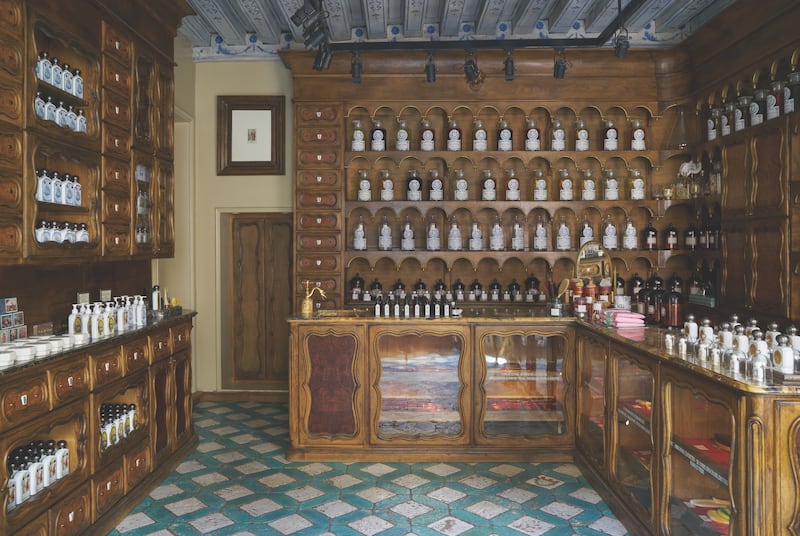
“It’s about moving away from the stereotype of being just an aspirational category, and giving intrinsic value,” Bain analyst Federica Levato said.
That view was echoed by niche perfumers. “I think the brand used to have more importance for a lot of consumers than the perfume itself. Now it’s the other way around,” said Victoire De Taillac, Buly’s co-founder. “Rather than showing status, it’s something more intimate. It’s for you and about you.”
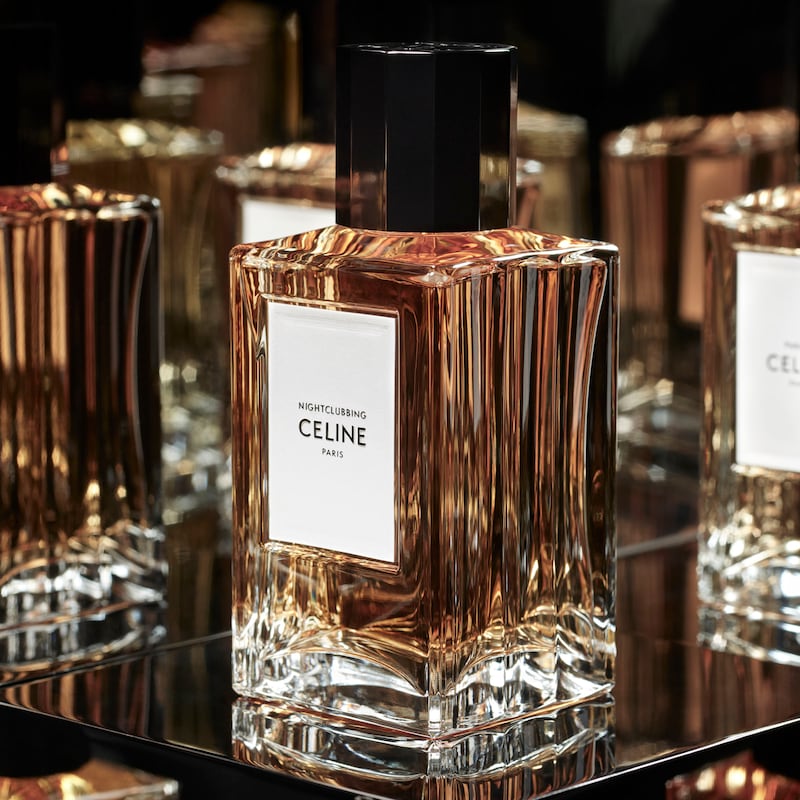
“The first investment is always the product,” Amouage’s Parsiegla said.
The rising tide of niche perfumes doesn’t lift all boats. Atelier Cologne, a maker of $150 eau de colognes known for its bright, citrusy aromas which was acquired by L’Oréal in 2016, is currently in the process of winding down its North American business both in stores and online, WWD reported last week.
ADVERTISEMENT
Still, with growth in perfume sales increasingly focused on the top end of the market, more luxury brands are getting in on the action.
At Celine, since the arrival of Hedi Slimane in 2018 the designer has made what he calls “haute parfumerie” (like haute couture, but much less expensive) a central initiative for developing the brand. He debuted a full range of nine different perfumes, priced at $240 each, with a dedicated store in Paris in 2019, and has since added two more fragrances and a line of candles. The brand announced that South Korean pop star Lisa would be its global ambassador for perfumes in December, and dropped its first video ad featuring the Blackpink singer earlier last week.
Earlier this month, Italian fashion giant Dolce & Gabbana announced it was taking its perfume business in-house after a license agreement with Shiseido expired. The fashion house said its new strategy would feature “a higher price positioning, with the use of refined raw materials and excellent ‘go to market’ strategies,” as well as deals with vertically-integrated Italian suppliers.
“The so-called ‘high’ segment of the world of fragrances opens up the possibility of expressing the most qualitative part of the brand,” Dolce & Gabbana Beauty CEO Gianluca Toniolo said.
Editor's Note: This article was updated on 17 February 2022. An earlier version misspelled Procter & Gamble.
The move to bring in-house a multi-million business, which is key for many fashion houses but often managed through licensing, is the first by an Italian luxury group.
After being hit significantly by the pandemic, all categories within the beauty sector are performing strongly. However, the sector’s competitive intensity shows no signs of abating amid the growth in the year ahead.
Marketing a perfume as sustainable is easy. Actually crafting an eco-friendly product is far more complicated.
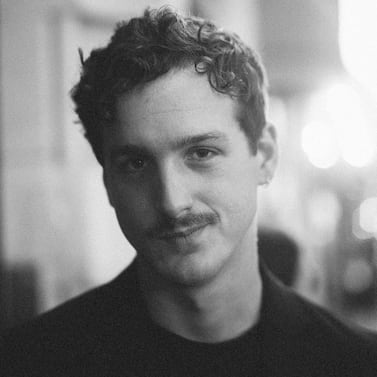
Robert Williams is Luxury Editor at the Business of Fashion. He is based in Paris and drives BoF’s coverage of the dynamic luxury fashion sector.
TikTok has birthed beauty trends with very little staying power. Despite this reality, labels are increasingly using sweet treats like glazed donuts, jelly and gummy bears to sell their products to Gen-Z shoppers.
This month, BoF Careers provides essential sector insights to help beauty professionals decode the industry’s creative landscape.
The skincare-to-smoothie pipeline arrives.
Puig and Space NK are cashing in on their ability to tap the growth of hot new products, while L’Occitane, Olaplex and The Estée Lauder Companies are discovering how quickly the shine can come off even the biggest brands.